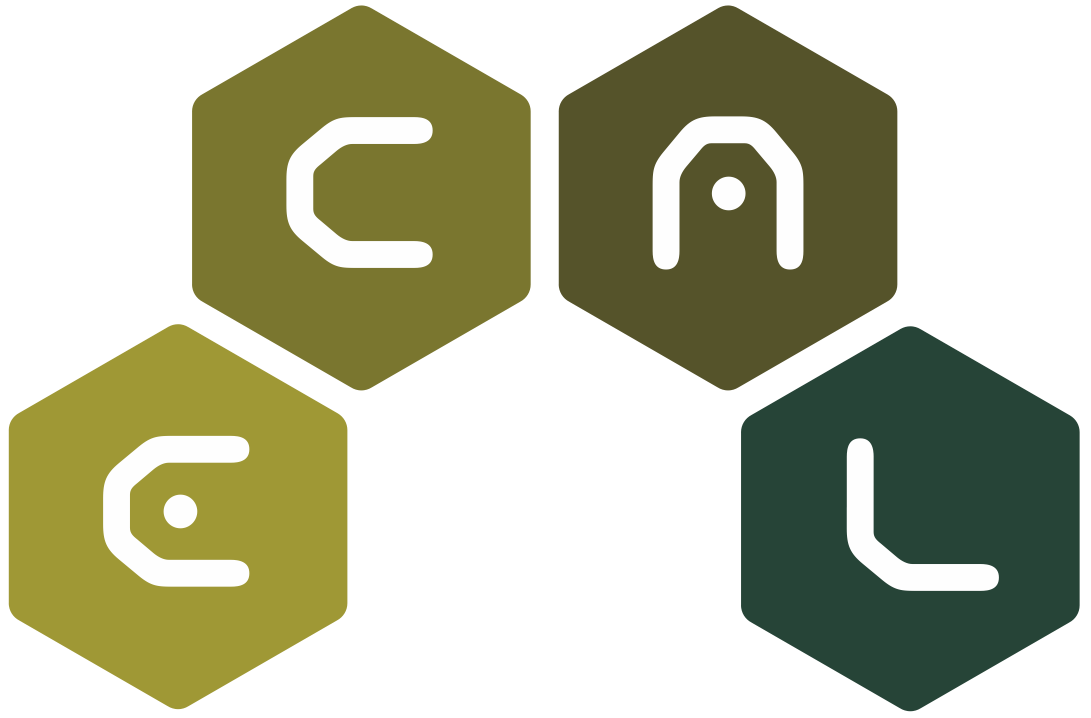Title
Cooperative Object Transport Using Evolutionary Swarm Robotics Methods

Cooperative Object Transport Using Evolutionary Swarm Robotics Methods
Download via this paper's page on the MIT Press ECAL 2015 Proceedings website.
This paper describes a set of simulations in which autonomous robots are required to coordinate their actions in order to transport a cuboid object that is too heavy to be moved by single robot. Robots’ controllers are synthesised using artificial evolution and dynamic neural networks. We compare two different types of robots: in the NT-condition, the robots are equipped with a camera and proximity sensors. In the T-condition, the robots have additional torque sensors. The result shows that best evolved groups of the T-condition outperform those of the NT-condition. Moreover, we show that the best evolved groups can adapt to variability in size and weight of the object as well as to the small variability in the cardinality of the group. We also show that simple forms of recruitment behaviour emerges without being selected for during evolution. This work unveils interesting relationships between design choices and characteristics of the evolved solutions, and it contributes to develop design guidelines for engineering robust and successful swarm robotic systems.